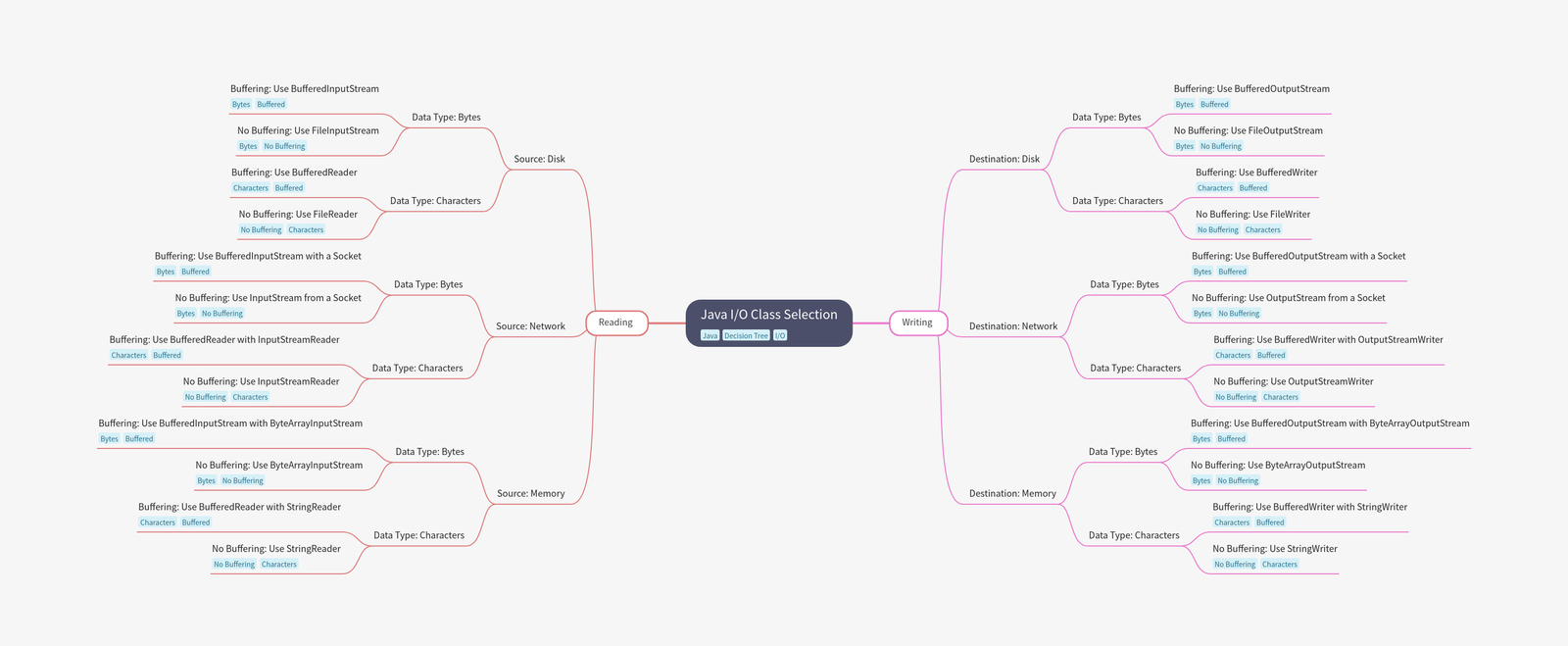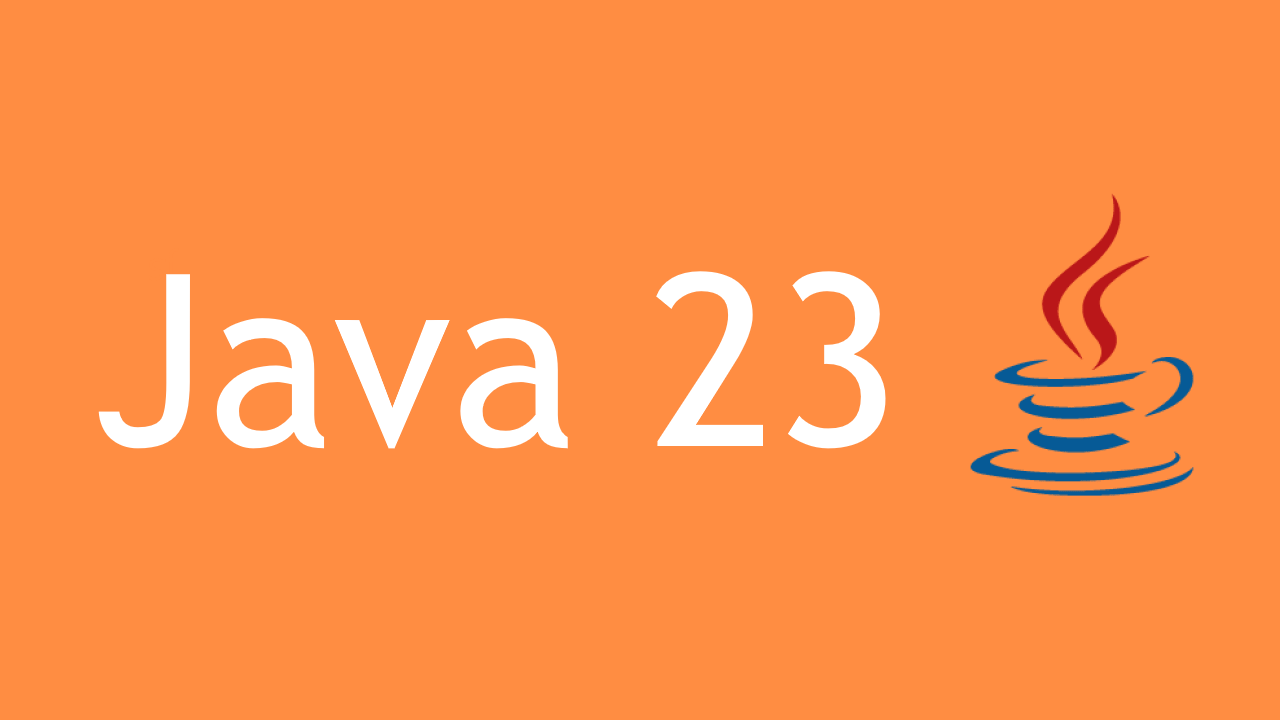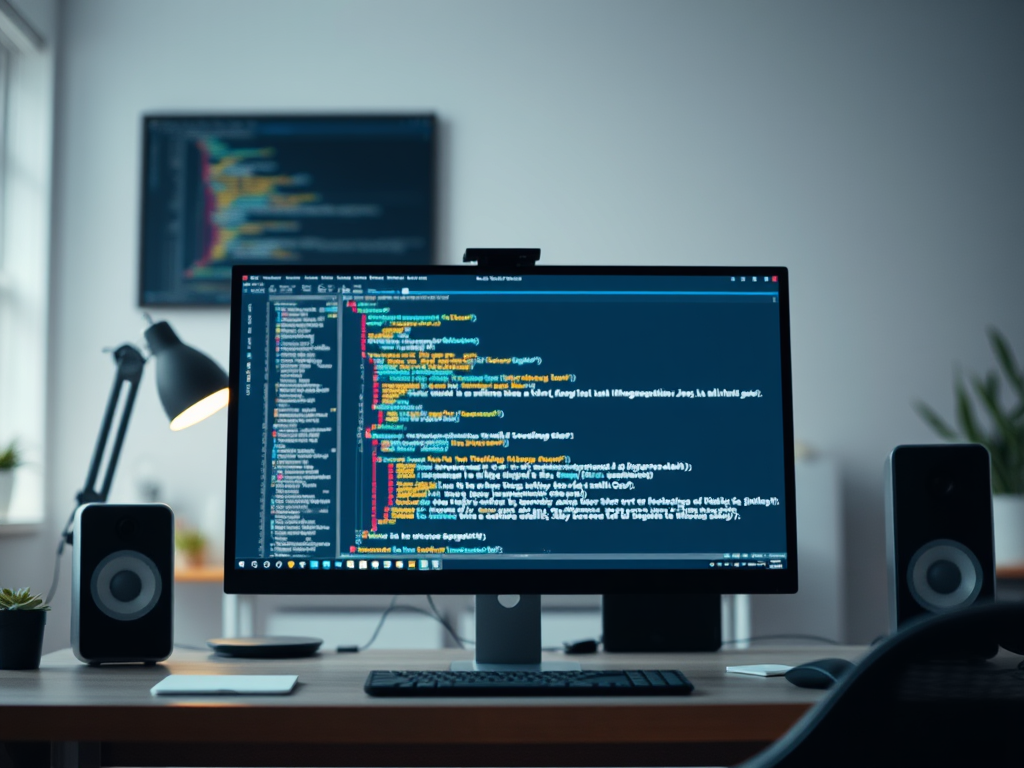Retrieving the current date and time is a common task in programming, whether you’re logging events, scheduling tasks, or just displaying timestamps in your application. In Java, working with date and time has evolved significantly over the years, from the cumbersome Date class to the more robust and feature-rich java.time package introduced in Java 8. In this tip, we’ll explore some of the most straightforward and effective ways to get the current date and time in Java.
Method 1: Using LocalDateTime for Date and Time
The LocalDateTime class from the java.time package is one of the simplest ways to work with date and time in Java. It represents the date and time without any time zone information, making it ideal for general-purpose usage.
Here’s how you can use LocalDateTime:
import java.time.LocalDateTime;
public class CurrentDateTimeExample {
public static void main(String[] args) {
LocalDateTime currentDateTime = LocalDateTime.now();
System.out.println("Current Date and Time: " + currentDateTime);
}
}
Output:
Current Date and Time: 2024-08-16T14:30:15.123
LocalDateTime.now()fetches the current date and time from the system clock in the default time zone.- The output includes the date in the
YYYY-MM-DDformat and the time in theHH:MM:SS.SSSformat, making it easy to work with or display.
Method 2: Using ZonedDateTime for Date and Time with Time Zone
If you need to include time zone information, ZonedDateTime is your go-to class. This is particularly useful when dealing with applications that operate across multiple time zones or need to standardize date and time data globally.
Here’s a quick example:
import java.time.ZonedDateTime;
public class CurrentZonedDateTimeExample {
public static void main(String[] args) {
ZonedDateTime currentZonedDateTime = ZonedDateTime.now();
System.out.println("Current Date and Time with Time Zone: " + currentZonedDateTime);
}
}
Output:
Current Date and Time with Time Zone: 2024-08-16T14:30:15.123+02:00[Europe/Paris]
ZonedDateTime.now()fetches the current date and time along with the time zone information.- This is useful for logging, data synchronization, and other applications that require precise time tracking across different regions.
Method 3: Using Instant for Precise Timestamps
The Instant class represents a specific moment on the timeline in UTC (Coordinated Universal Time). It’s perfect for capturing a precise point in time, especially when storing timestamps for logs or events.
Here’s how to get the current timestamp using Instant:
import java.time.Instant;
public class CurrentInstantExample {
public static void main(String[] args) {
Instant currentInstant = Instant.now();
System.out.println("Current Timestamp: " + currentInstant);
}
}
Output:
Current Timestamp: 2024-08-16T12:30:15.123Z
Instant.now()provides a timestamp that’s precise to the nanosecond level.- It’s ideal for time-stamping events in applications where accuracy and precision are critical, like financial systems or high-frequency trading platforms.
Method 4: Using LocalDate and LocalTime for Separate Date and Time
If you need to handle date and time separately, Java offers LocalDate for dates and LocalTime for times. This can be handy when the date and time need to be processed or displayed independently.
import java.time.LocalDate;
import java.time.LocalTime;
public class CurrentDateAndTimeExample {
public static void main(String[] args) {
LocalDate currentDate = LocalDate.now();
LocalTime currentTime = LocalTime.now();
System.out.println("Current Date: " + currentDate);
System.out.println("Current Time: " + currentTime);
}
}
Output:
Current Date: 2024-08-16
Current Time: 14:30:15.123
LocalDate.now()fetches the current date, whileLocalTime.now()fetches the current time.- This separation allows for flexibility in scenarios where only one of the two is required, like scheduling tasks for specific dates without regard to the exact time.
Java’s java.time package offers a variety of classes tailored to different needs when working with date and time. Whether you need a straightforward date and time, require time zone awareness, or need precise timestamps, Java has got you covered with its intuitive and modern API. By choosing the right class for your specific needs, you can handle date and time in Java effectively and efficiently.
Happy coding!






Leave a Reply